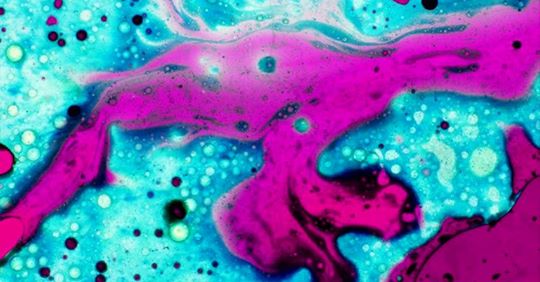Who Exposed the Surreal Five to H-33?
In all the furor over the Surreal Five and their rejection of medical orthodoxy, a crucial question has gone unanswered: who poisoned them with H-33 in the first place?
The Surreal Five have explained how they were exposed. They met in Herter Hall at 7:30 to work on a group a project they had been assigned for a summer class, a debate. As they sat down, Richard Smalls (the younger brother of the occasional Times contributor Saul Smalls) remarked about the strange smell of the room. They thought nothing of it and remained in the room for an hour and a half. The next day, all five began to show signs of Surreality exposure. They began to shake as their hemispheres began to fire out of sync. They found that their music tastes suddenly changed towards the atonal direction. They found it challenging to speak in the correct tense. Independently, each went to University Health Services where a simple blood test confirmed the presence of Surreality. They were given the facts. Exposed to H-33, they face a currently irreversible prospect of life tinged with Surreality. The symptoms could be suppressed by application of the Three-Second Frequency. However, if they go without it their body will adapt over several weeks to the worst symptoms. The hemisphere divide, the shakes, the tenses - all will fade. They will be left physically fine but with strange thoughts, hallucinations and altered perception. In this state they are largely in the Real plane but partially, very partially, in the Surreal plane. It is precisely this state that the Surreal Five are clamoring for, or what they appear to be clamoring for.
The first step to finding the source of the poisoning is locating all possible sources of H-33.
H-33 has a very short half life. It cannot exist for more than six hours without extreme low-temperature refrigeration. As such, the person who applied H-33 to the Herter Hall Room had to have applied it within six hours of it being refrigerated. In its refridgerated form, H-33 has the texture and consistency of vanilla pudding. Stashing a small amount in an any refrigerator, such as in a communal kitchen, could delay the decay of the chemical significantly even if the refrigerator would not be cold enough for permanent storage.
In the end, chasing the refrigerator will be fruitless. If the poisoner is competent, they would use a sealed, traceless case assuming they stored the chemical in a refrigerator at all. Tracking the chemical itself is another avenue of investigation.
H-33 is a mundane chemical when not applied to humans. It’s common usage is an additive to blue jeans, bestowing a crisp and resilient finish to the denim. As such it is easy to purchase in bulk. Finding small, discrete quantities to purchase above the table is difficult, as the smallest unit is five hundred gallons, costing in the neighborhood of 250,000 dollars and only purchased by massive makers of blue jeans. Such purchases are easy to track. But that’s if the purchase is done above the table. Person to person purchases are easily negotiated with individual factory workers for smaller quantities, usually in the 100 milliliter to 1 liter range. This seems to be how the poisoner obtained their sample. Naturally, police are currently questioning blue jeans employees with access to the chemical, but with so little to go on, the search will likely be fruitless.
This leaves one last line of investigation: forensic evidence. Given the business of Herter Hall, and the possibility of the poisoner disguising their presence or purposefully dirtying the crime scene, this possibility seems doomed to fail. The presence of other students and instructors in the room complicates things further.
Perhaps we will never know anything about the person who did this. But in the coming days, weeks or years I update our readers as new information trickles out. But to be blunt, I wouldn’t count on it - the investigation is likely to be fruitless.
POST A COMMENT
See Also
-
Police Chief Gonzales: Info Wanted on Traveler

-
Five UMass Students Exposed to Mind-Altering Chemical H-33

-
A Letter To My Brother

Want to read more news? Click here for a random article.